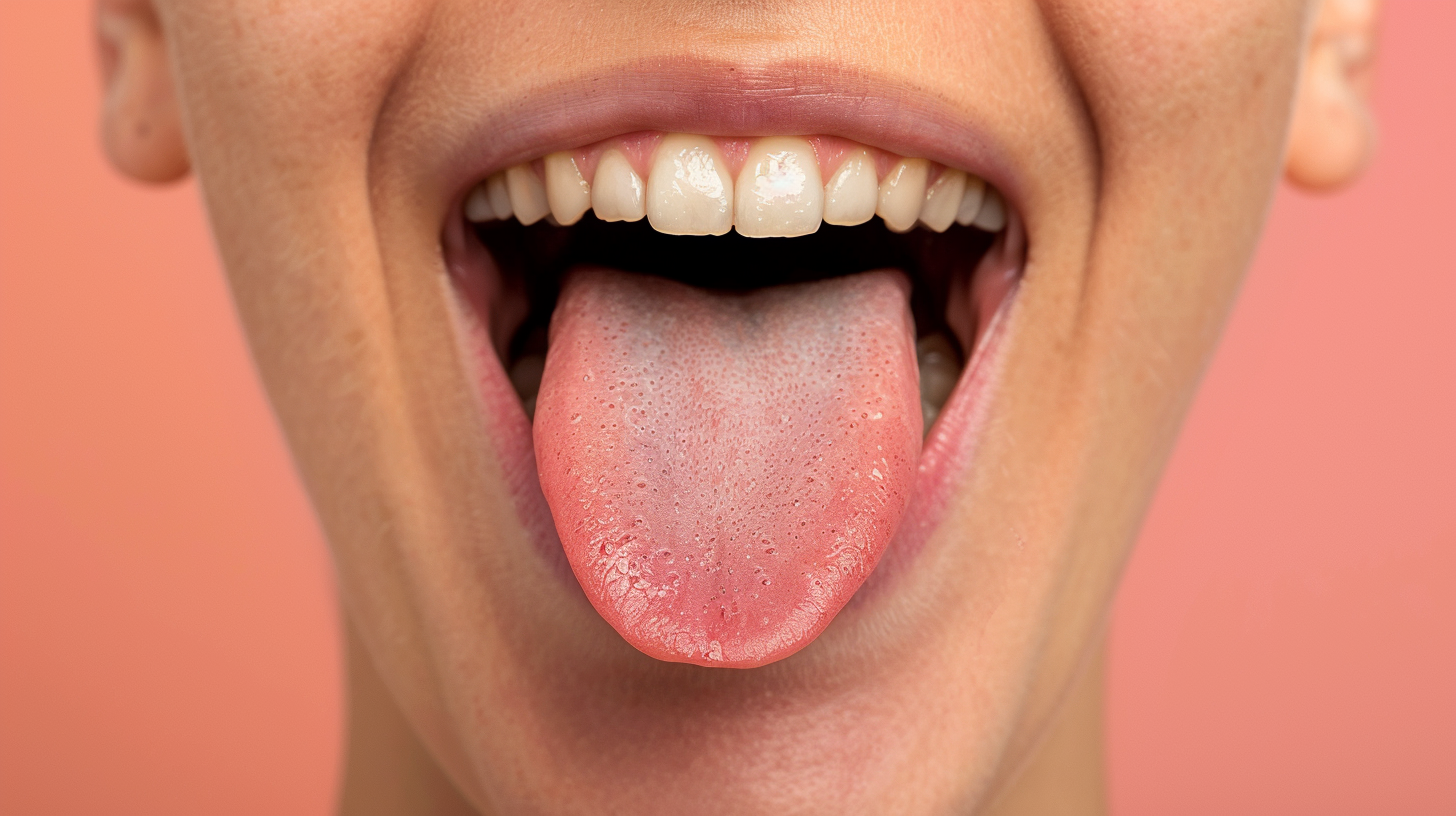1. The Bohr Effect: Why You Need CO₂
Here’s a surprising truth: Carbon dioxide (CO₂) isn’t just a waste gas—it’s vital for life. When you breathe too quickly or deeply (over-breathing), you actually blow off too much CO₂. This causes your blood vessels to constrict and makes it harder for oxygen to reach your cells and tissues.
- The Bohr Effect explains this: Hemoglobin (the molecule that carries oxygen in your blood) only releases oxygen to your organs when CO₂ is present.
- When you “over-breathe,” you decrease CO₂, making it harder for oxygen to leave your blood and nourish your body.
2. What Is Over-Breathing?
Over-breathing (or chronic hyperventilation) means breathing more air than your body actually needs.
Symptoms include:
- Frequent sighing or yawning
- Shallow, rapid chest breathing
- Feeling breathless even when resting
- Tingling in the fingers, dizziness, or anxiety
James Nestor describes in Breath that many modern people chronically over-breathe—often 18-20 breaths per minute, compared to the optimal 5-6 breaths per minute seen in healthy, long-lived populations.
Facts & Data: Why Less Breathing Is Better
- Studies show that healthy adults take about 5–6 breaths per minute at rest—much less than the 12–20 breaths per minute seen in those who are anxious or sedentary (Journal of Applied Physiology, 2005).
- Chronic over-breathing lowers CO₂, leading to respiratory alkalosis—a condition where your blood becomes too alkaline, resulting in symptoms like brain fog, muscle cramps, fatigue, and even panic attacks.
- Practices like the Buteyko Method (used in asthma and anxiety therapy) train people to reduce their breathing rate, raising CO₂ tolerance and improving oxygen delivery.
3. The Benefits of Breathing Less
– Better Oxygenation: Slow, controlled breathing increases CO₂ and improves how much oxygen your body can use—making you feel more alert and energetic.
– Balanced Blood pH: Correct CO₂ levels keep your blood chemistry stable, supporting metabolism and muscle function.
– Calmer Mind and Body: Slow breathing activates the parasympathetic (“rest and digest”) nervous system, lowering stress and anxiety.
– Improved Athletic Endurance: Athletes who train to breathe less (and tolerate higher CO₂) recover faster and perform better.
How to Practice Healthy, “Less” Breathing
- Awareness: Notice how often you sigh, yawn, or breathe rapidly throughout the day.
- Slow It Down: Practice inhaling gently through the nose for 5–6 seconds, exhaling softly for 5–6 seconds. Aim for about 5–6 breaths per minute.
- Use Nasal Breathing: Breathing through your nose slows airflow, helps retain CO₂, and supports optimal oxygenation.
- Try Breath Holds: Short, comfortable breath holds can help build CO₂ tolerance—improving oxygen delivery and calming the nervous system.
BreatheWorks: Helping You Find the Right Breath
Our expert clinicians can assess your breathing patterns, CO₂ tolerance, and underlying airway function. With personalized myofunctional therapy and practical exercises, we help you breathe less—but better—so you can get the most out of every breath.
Ready to try “less is more” for your health? Contact BreatheWorks to schedule a breathing assessment and unlock your healthiest self.



